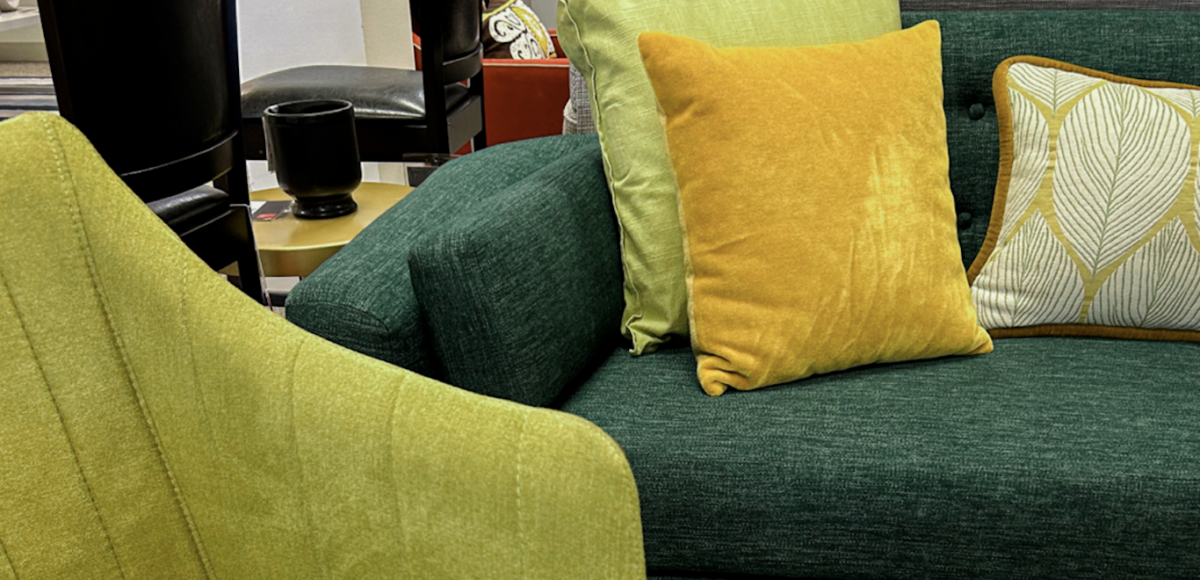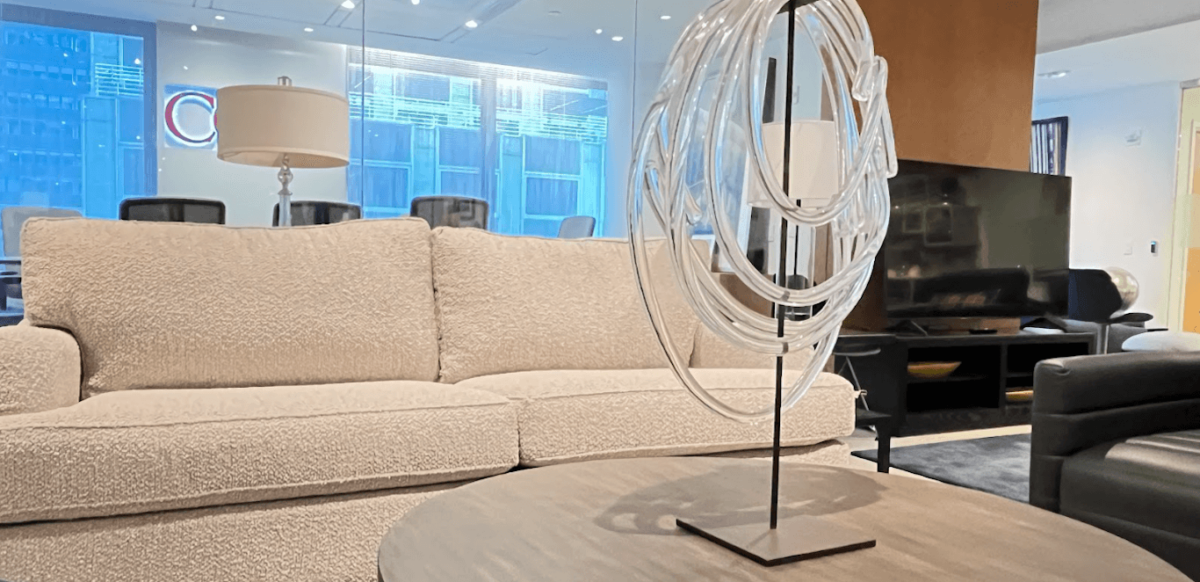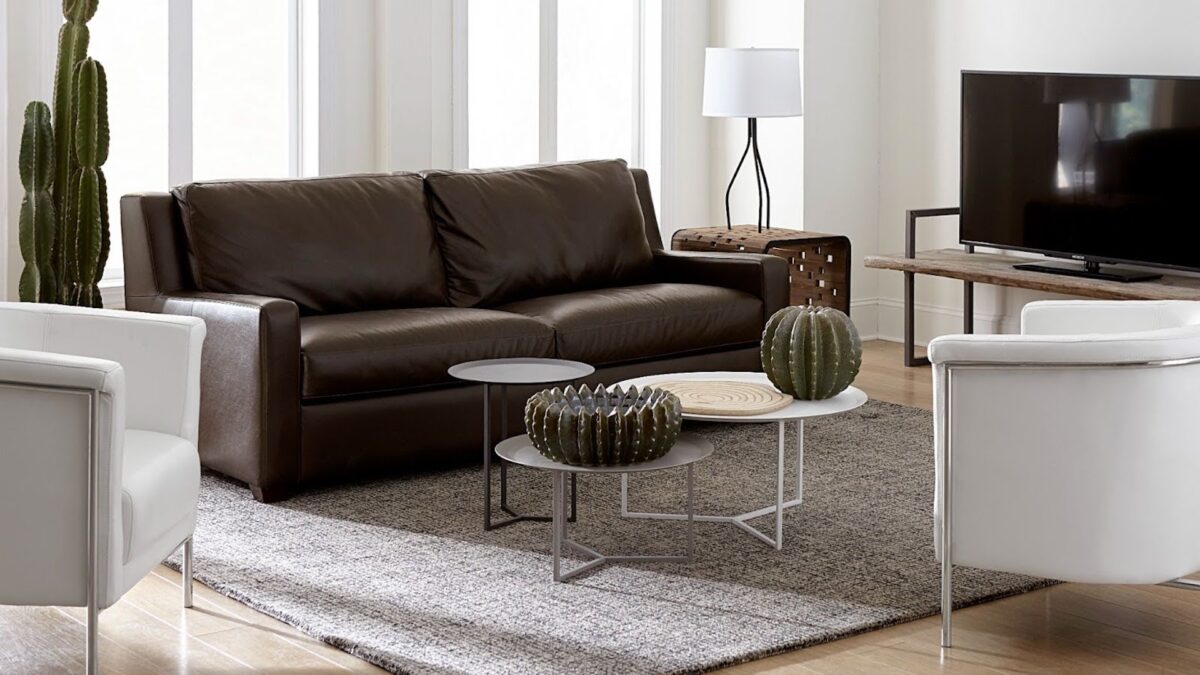You’ve heard of holistic medicine, but what about holistic design? What does it mean, and is it for you? Interior design is shifting toward an all-encompassing approach, and bringing it into your home is easy. Learn more and get our best tips for holistic interior design below.
Holistic Design Meaning and Elements
What is holistic design, anyway? It’s a design process and approach that considers the mind, body, and soul of the people using the room.
Instead of only considering appearance, this approach to interior design aims to promote the mental and physical well-being of those who use the space (you may also see it called “well-being design”). Successful holistic design creates a sense of belonging, comfort, and calm in the user—that’s you!
Holistic interior design incorporates ideas from psychology and human behavior — as well as biophilic design (a design choice that helps the user feel more connected to nature).
Many holistic interior designers also incorporate principles from the Chinese art of feng shui, which aims to create harmony between the user and the natural world.
Tips for Using Holistic Interior Design in Your Home
1. Keep user experience at the forefront.
While most interior design incorporates function and appearance, holistic design takes it one step further. With holistic design, you want to help the people using the room feel a certain way and function at their best.
For example, this could mean using ergonomic seating for maximum comfort in a home office, choosing certain linen textures in a bedroom, or even incorporating decorative items and art that bring someone joy or reflect their personality.
2. Design around natural light.
If you’ve ever experienced a dip in your mood on a cloudy or rainy day, you know the power that sunlight can have. Consider natural light when utilizing holistic interior design (also called well-being design). Consider what time of day you’ll be using a particular room, and choose your window coverings (or lack thereof) to create the appropriate atmosphere in each room.
For example, you might want thick blackout curtains if sunlight streams into your bedroom in the early morning, but you’ll likely want sheer or moveable window coverings to let light into a home gym space or home office.
3. Lean on biophilic design.
The sun isn’t the only natural element you’ll want to consider with a holistic approach to design. Focusing on design that helps you feel connected with and nourished by all of nature is a vital part of holistic interior design.
There’s a term for this: biophilic design. Proper biophilic design makes nature a priority, so consider highlighting natural materials in your furniture or adding a large natural feature such as a wall of plants.
4. Be intentional with personal details.
When designing for optimal physical and mental health, consider what you enjoy doing in your home and how you use each nook and cranny of your home.
Do you love hosting friends at the last minute? Create a space to store entertaining essentials at arms’ reach.
Need to wind down with a book in your living room every evening? Add a lamp next to your reading chair so you won’t be squinting after sunset.
Want to spend extra time with your dog when you get up in the mornings? Choose an oversized accent chair that allows your furry friend to snuggle.
Always keep your lifestyle and the things that bring you joy as a top priority in your holistic home design.
5. Use sustainable materials when possible.
Have you ever ordered a piece of cheap, big-box store furniture and thought of how it was manufactured? Or, have you considered how much of that same furniture ends up in the trash because of poor product design and cheap materials?
For many, those thoughts are enough to distract from the enjoyment of a room. To combat this, choose a more eco-friendly decorating method, like shopping for high-quality secondhand furniture or opting for items made from bamboo or repurposed wood.
6. Consult color theory.
The psychology of color is another significant factor in holistic design approaches. Colors can affect your mood and mental state, so think carefully as you consider color palettes for a space.
Green interior elements can help promote relaxation and focus, whereas yellow shades can—not surprisingly— lift your mood and boost your optimism.
Every color, including neutrals, can profoundly affect your mood, so consider how you and others in your home want to feel while in a room and choose your color accordingly.
Holistic Interiors: Design for a Healthy and Happy YOU!
Create spaces that feel as good as they look with the help of CORT Furniture Outlet. Browse our extensive collection of furniture, decor, and more to find pieces that suit your style, space, and budget. Enjoy up to 70% off original pricing on new and gently-used items.






